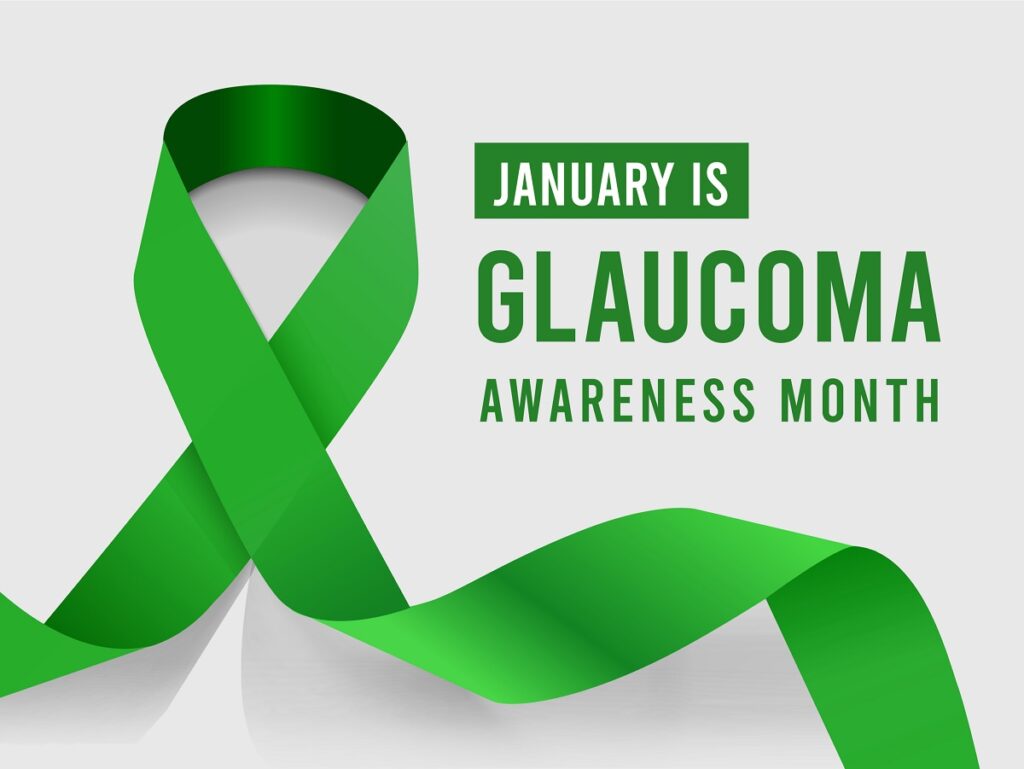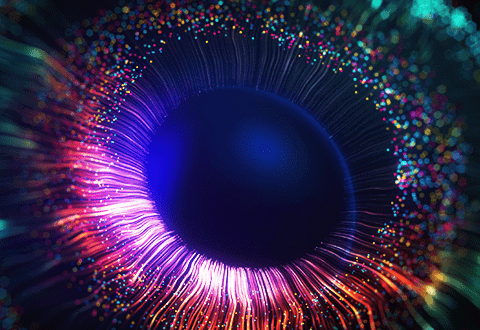January Is Glaucoma Awareness Month: What You Should Know

Glaucoma is one of the leading causes of blindness worldwide, yet the team at Access Eye has found that many of our patients do not understand what the condition is — at least not until they have been diagnosed with it.
Since January marks National Glaucoma Awareness Month, our doctors have decided to commemorate the occasion by sharing some pertinent facts about glaucoma. Use this blog to increase your own understanding of glaucoma — that knowledge could help to save your vision one day!
Half of All People with Glaucoma Do Not Realize They Have It
While nearly 3 million Americans have glaucoma, close to 50% of those people are unaware that they have the condition. The reason is quite simple: symptoms of glaucoma can be so hard to notice that they are essentially undetectable. Fortunately, eye doctors have specialized tests that allow them to diagnose glaucoma even if the symptoms are not readily apparent.
There Are Many Forms of Glaucoma
The term “glaucoma” refers to an entire group of conditions that affect the eye’s optic nerve. While there are dozens of types altogether, most fit into one of two categories: open-angle glaucoma and angle-closure glaucoma.
Open-angle glaucoma is the most common form. It gradually adds pressure to the eyes and decreases sight. Because symptoms are most subtle for open-angle glaucoma, it frequently goes undiagnosed. With angle-closure glaucoma, pressure builds in the eyes due to a thin (or closed) angle between the cornea and iris. This type of glaucoma progresses at a quick pace and requires urgent attention to save the affected person’s vision.
Treatment for Glaucoma
Though researchers continue to look for a cure to glaucoma, there is no known way to stop the condition entirely. However, doctors have the knowledge and treatments to mitigate the effects of glaucoma, so that patients can preserve the quality and longevity of their vision. Surgeries and medications that alleviate the pressure in the eyes have proven effective at protecting the eyes from the most devastating consequences of glaucoma.
















